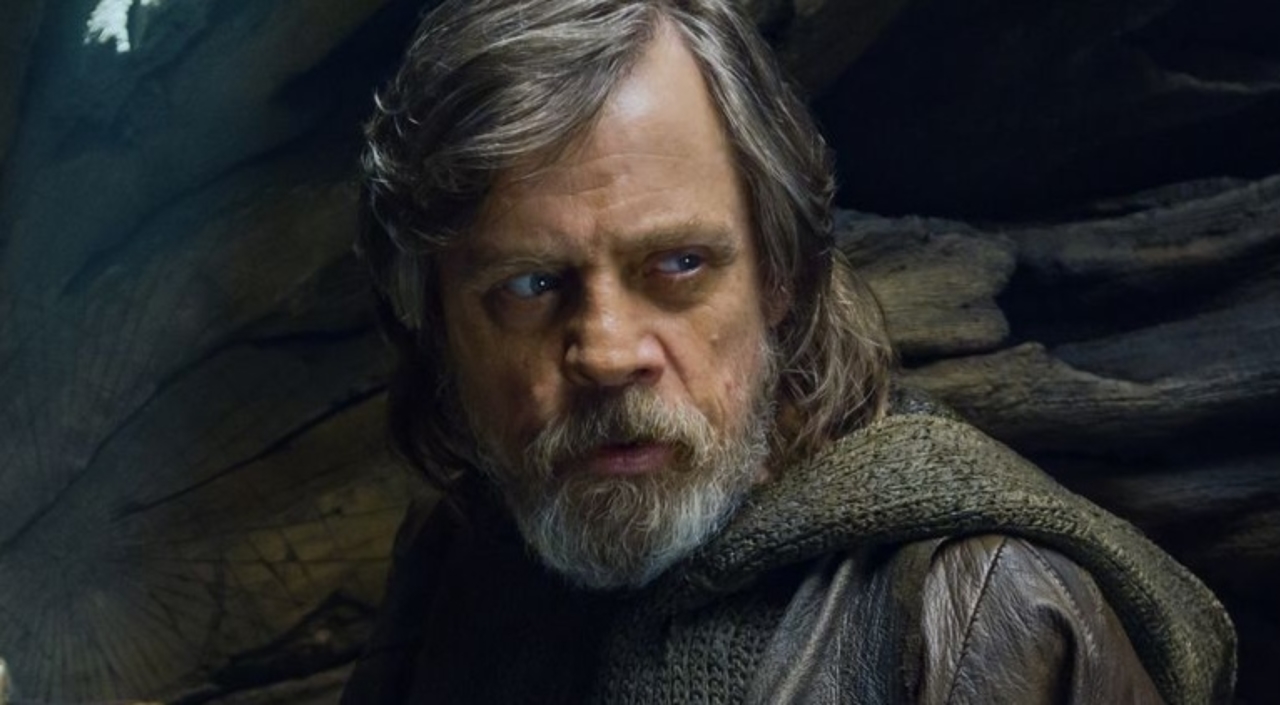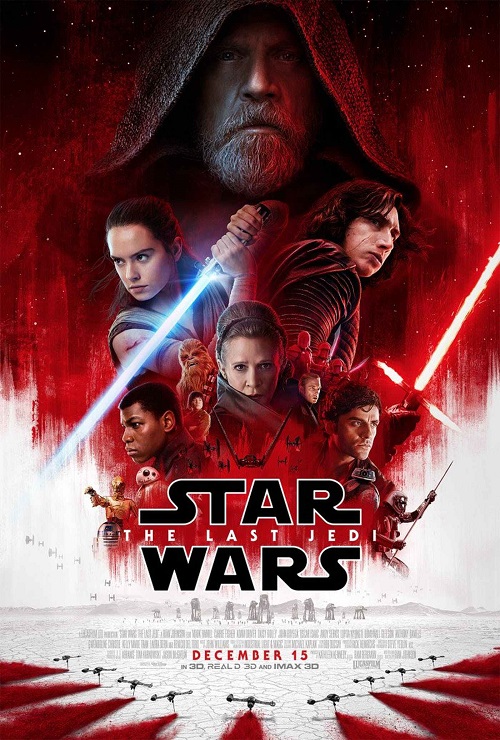—this piece contains major spoilers from The Last Jedi—

“Luke Skywalker has vanished.”
The opening line of the crawl for The Force Awakens was like a gut punch to Luke fans everywhere. And not only was Luke gone, he’d apparently gone missing voluntarily, as a result of Ben Solo falling to the dark side and becoming Kylo Ren. For two years the fandom theorized not only on why Kylo became evil but why Luke Skywalker, Rebel hero and Jedi legend, has apparently given up. In The Last Jedi, we finally get those answers. Luke takes Yoda’s advice to “pass on what you have learned” to heart, but a split-second mistake on Luke’s part brings the whole thing crashing down. And as a result Luke decides to exile himself on a remote island and leave no trace of his whereabouts. By the time Rey finds him, he’s an acerbic, sarcastic hermit who in so many rude ways tells her to leave him alone and that he refuses to help Leia fight the evils of the First Order.
This seems a sharp contrast to the bright, shining figure we see in the original trilogy. Luke had hardships and made decisions that backfired on him, but he was never one to run away from a problem. So at first glance this seems like a long string of extremely out of character moments meant to create drama and difficulty for Rey and Kylo. However, when taking a deeper look at Luke’s character and personality in the original trilogy, his circumstances in TLJ are a natural extension of his character. Read More




